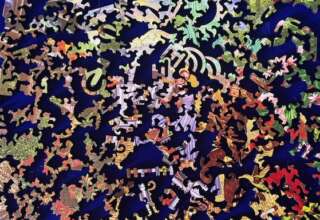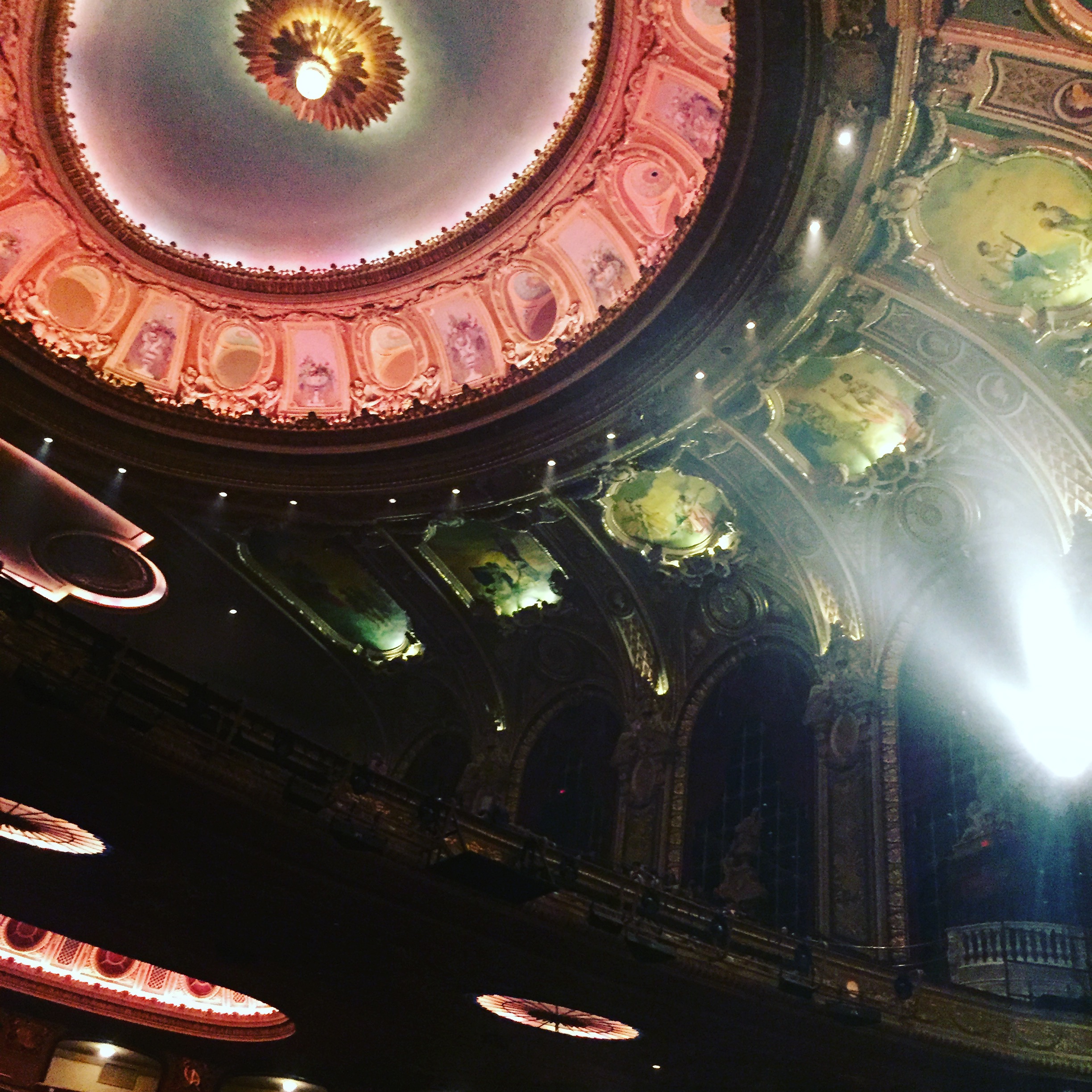
It is something of a vicious circle with regard to culture, collusion and projective identifications. The organization tends to attract and hold employees and leaders with certain “favorite” projections. Furthermore, there are what psychologists call secondary gains associated with the collusions and projective identifications. It is not just that members of the organization feel less anxious or less responsible when they project certain characteristics onto their leaders or other role players, it is also often the case that something constructive (for at least some members of the organization) is gained from this collusive process: “the Boss pays more attention to me (us) because of the praise.” “It is important for Joe to always be the realist, otherwise we are likely to move in the wrong direction.” “Thank goodness, Susan brings up the issues of sexual discrimination whenever the HR Committee convenes.” The only problem with these secondary gains is that one person is often stuck operating in a specific role and assuming responsibility for some problem. Furthermore, the organization gets stuck: there is no growth on the part of organizational members and not much collective learning (let alone much genuine growth in collective intelligence).
I want to conclude this analysis of collusion be mentioning several other outcomes of the collusive process. Many years ago, the noted social analyst, Gregory Bateson (1987) wrote about something he called schismogenesis. This big word refers to the tendency for two systems (organizations, tribes, nations) to relate to one another in a manner that drives the two systems further apart from one another or that leads to escalation of similar activities in both systems. One type of schismogensis is called complimentary, meaning that as one system goes in one direction, the other system goes in the opposite direction. For instance, as one tribe becomes more belligerent and active, the other tribe becomes more passive and withdrawn. We see this occurring in many organizations, with the leader becoming more assertive and his employees becoming more compliant. Both parties are colluding in making the leader’s assertiveness justifiable and acceptable. This complimentary form of collusion tends to be long-lasting and it is deeply-embedded, as a rule, in the culture of an organization.
The second type of schismogentic collusion identified by Bateson is called symmetrical. As one system exhibits higher levels of a specific behavior, the other system will try to match this level. For instance, if one nation builds more rockets, then the rival nation will also have to build more rockets—the classic arms race. In an organizational setting, this symmetrical dynamic operates when both the leader and the employees tend to become more assertive (or more passively-aggressive). This symmetrical process of collusion is often what we mean by the “vicious circle.” It is characterized by exponential growth (the “power law” of contemporary chaos and complexity theorists) and will lead quickly to explosion and collapse. We typically, don’t find symmetrical collusion to be long-lasting in organizations. Rather, we are likely to witness escalation, collapse and then a renewal of the symmetrical collusion with new parties being invited to engage in this very dangerous and destructive dance of symmetrical collusion.









